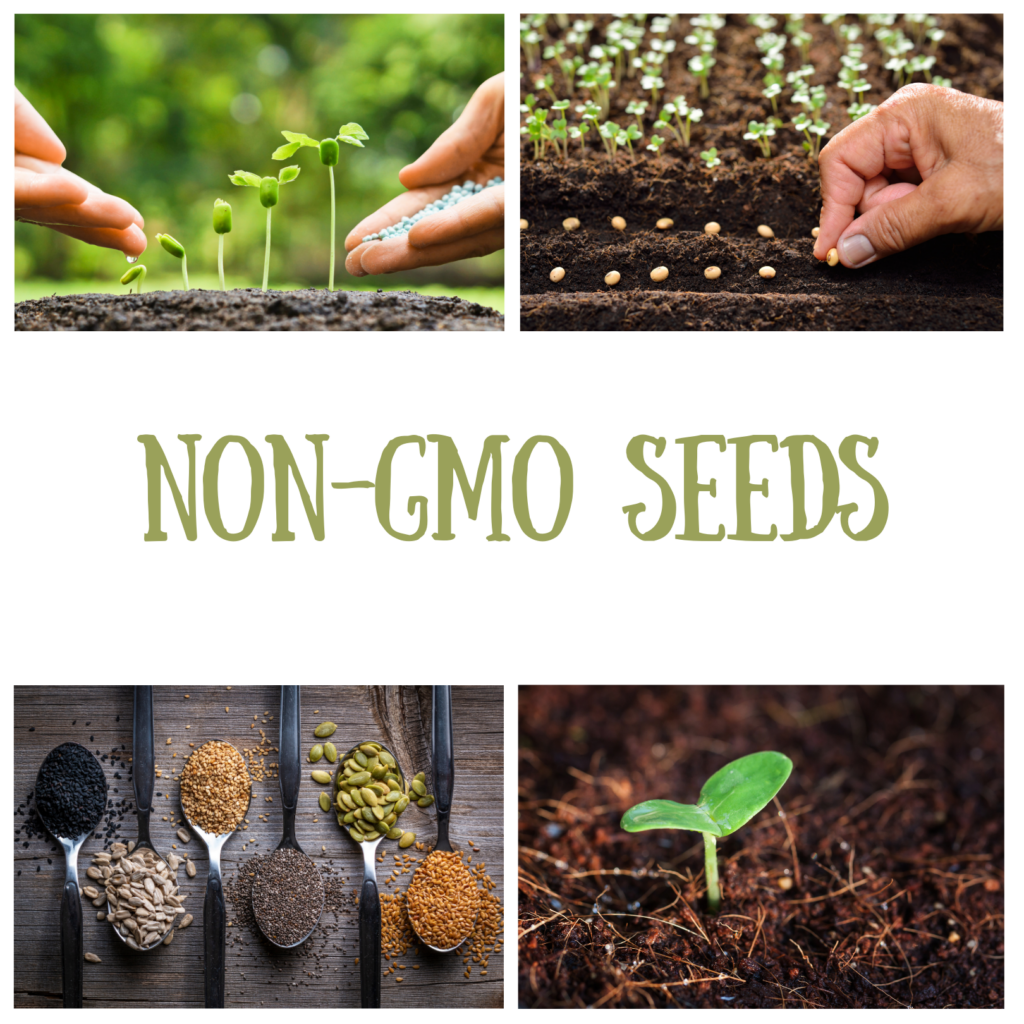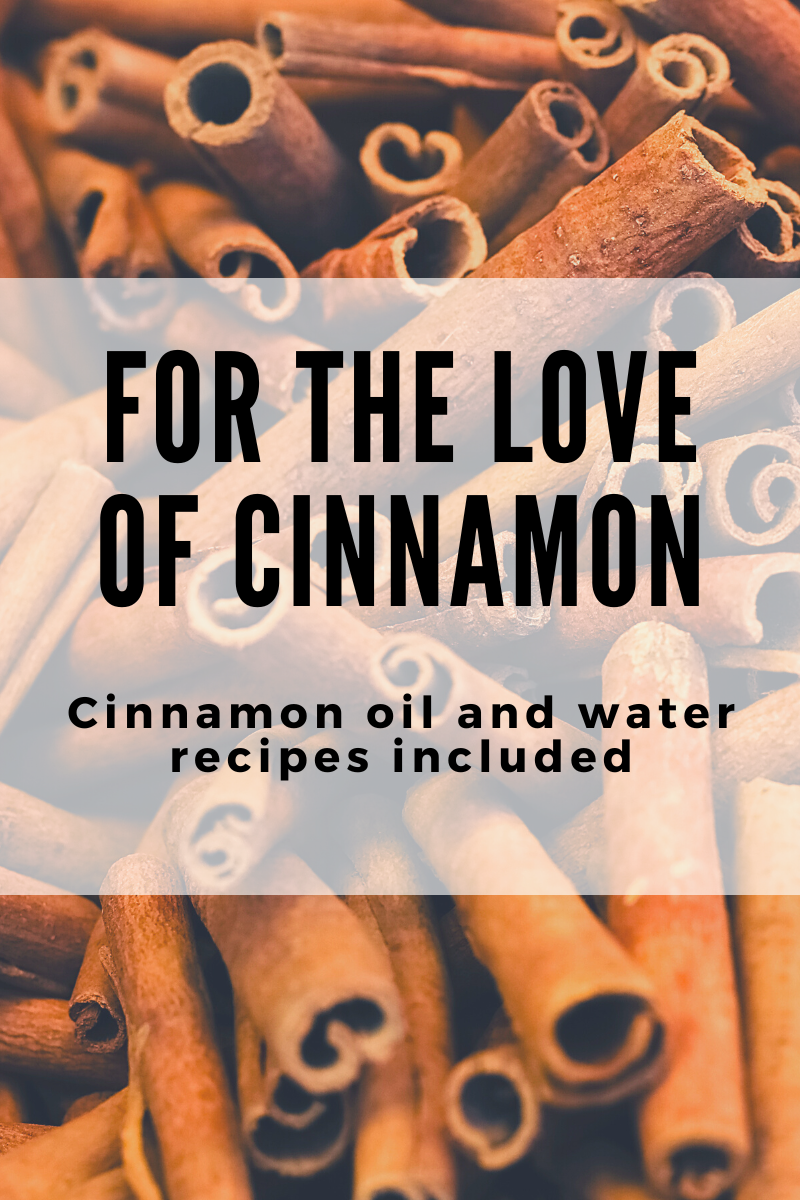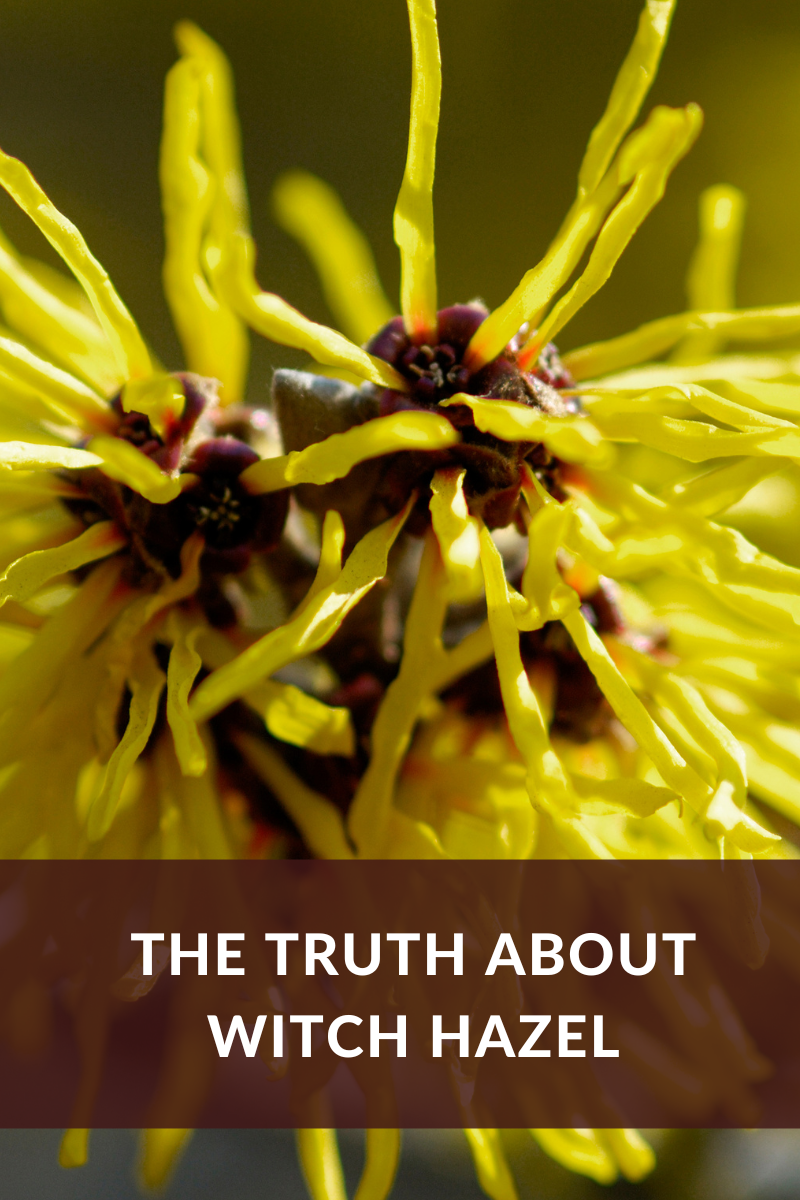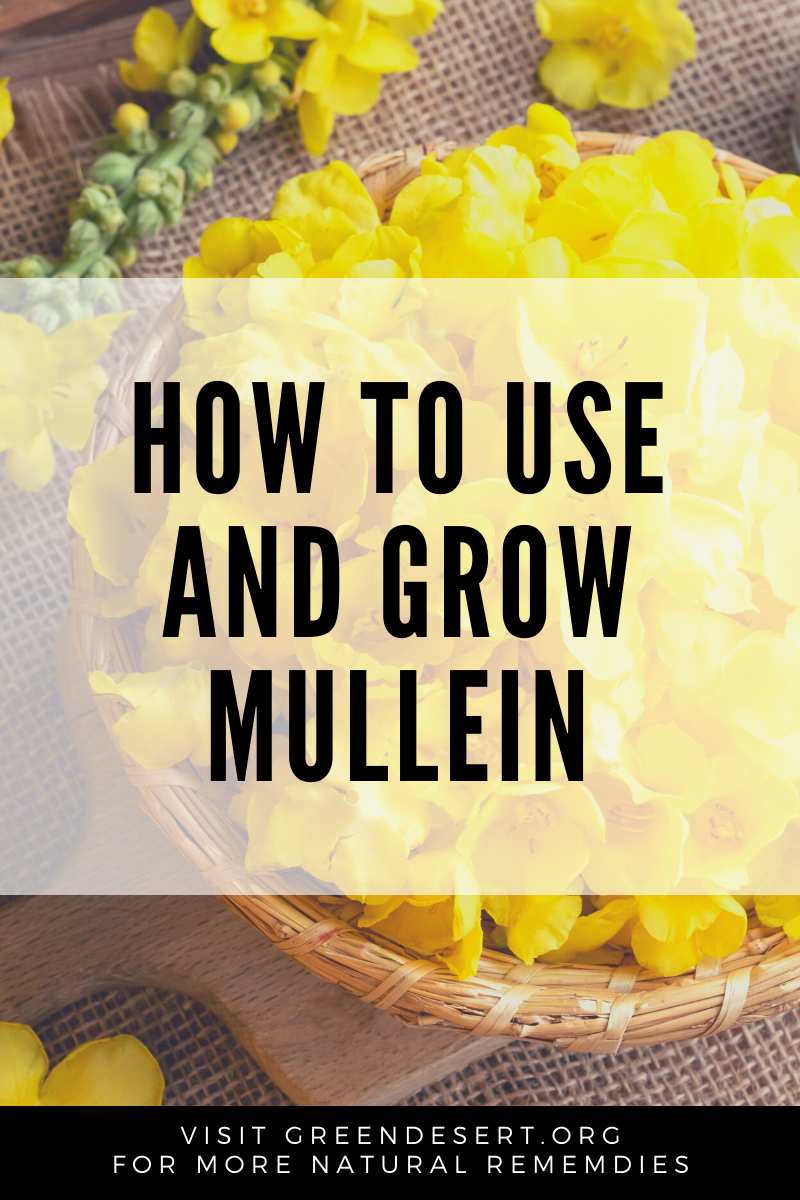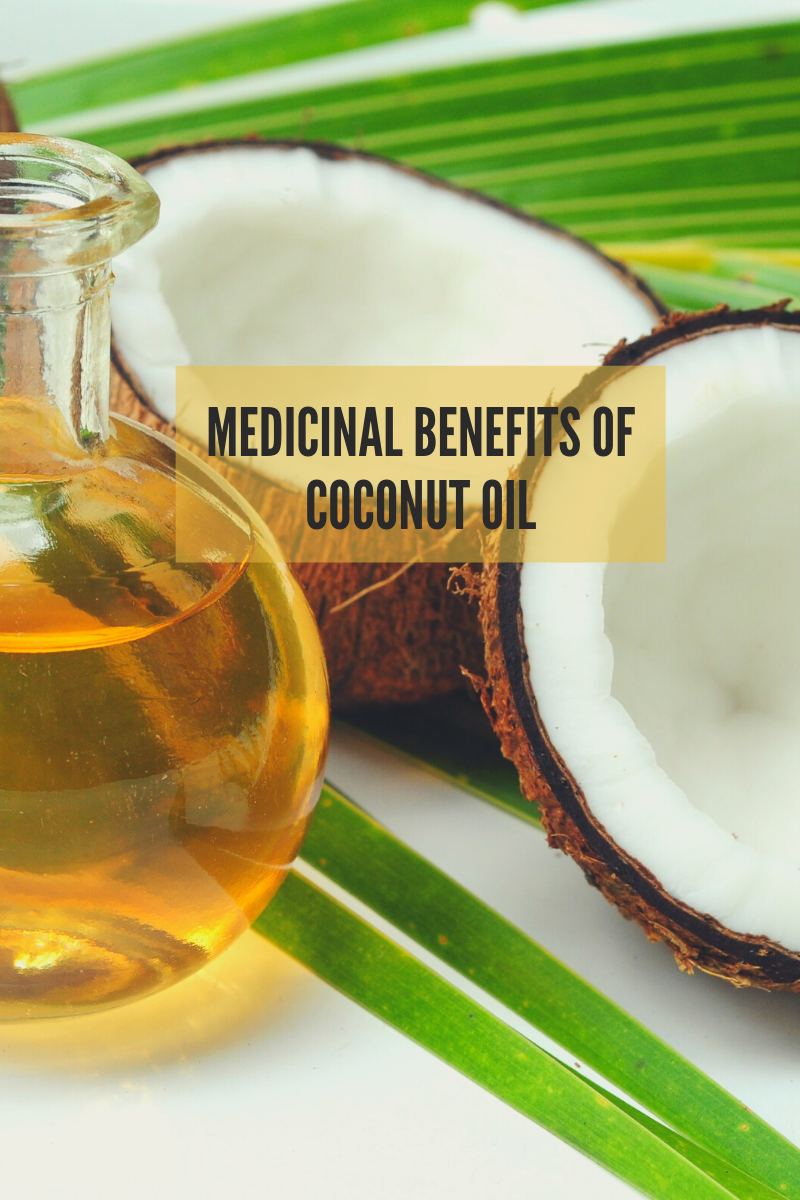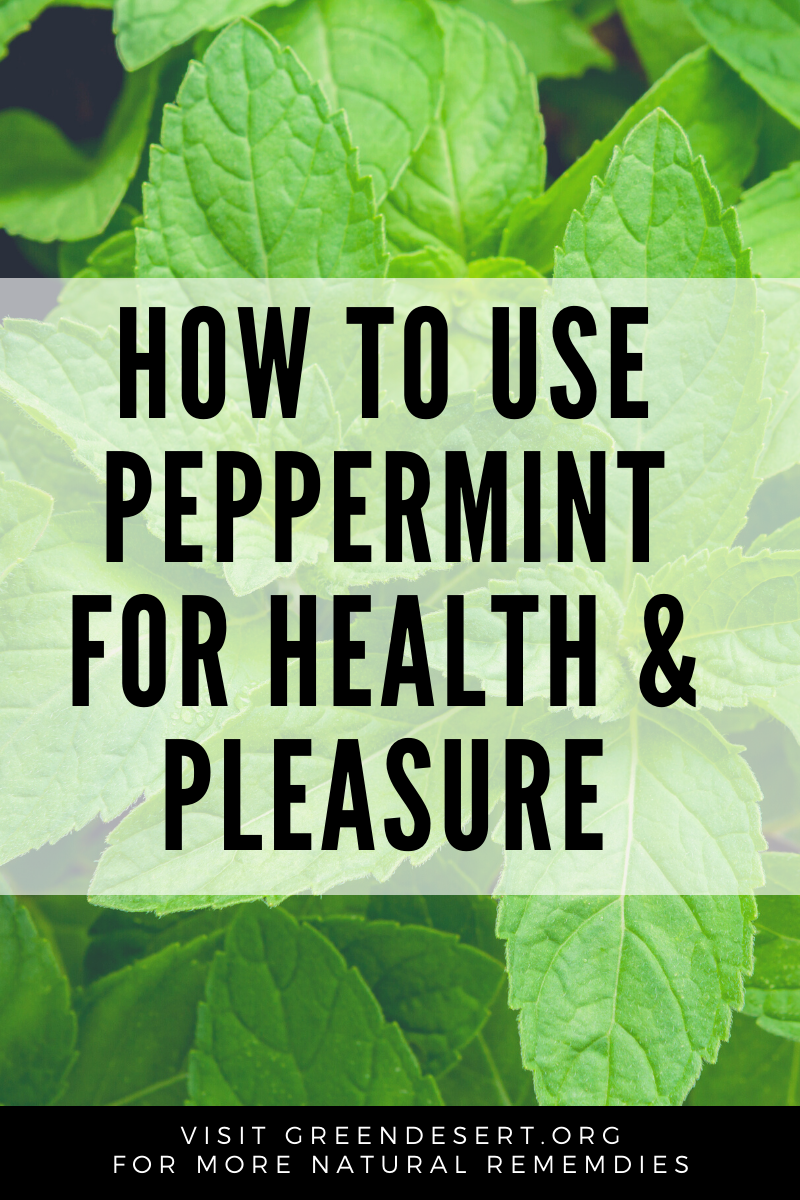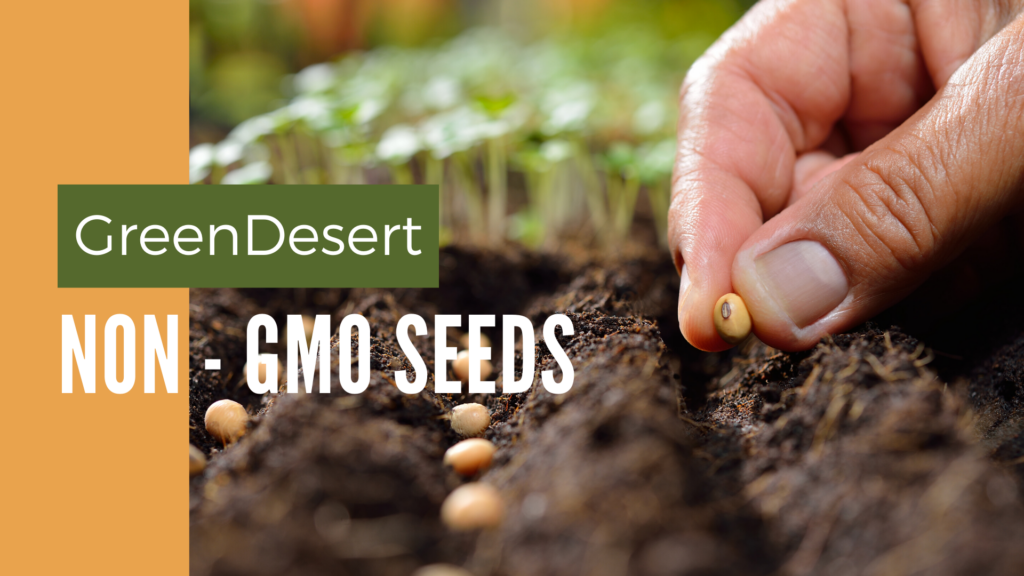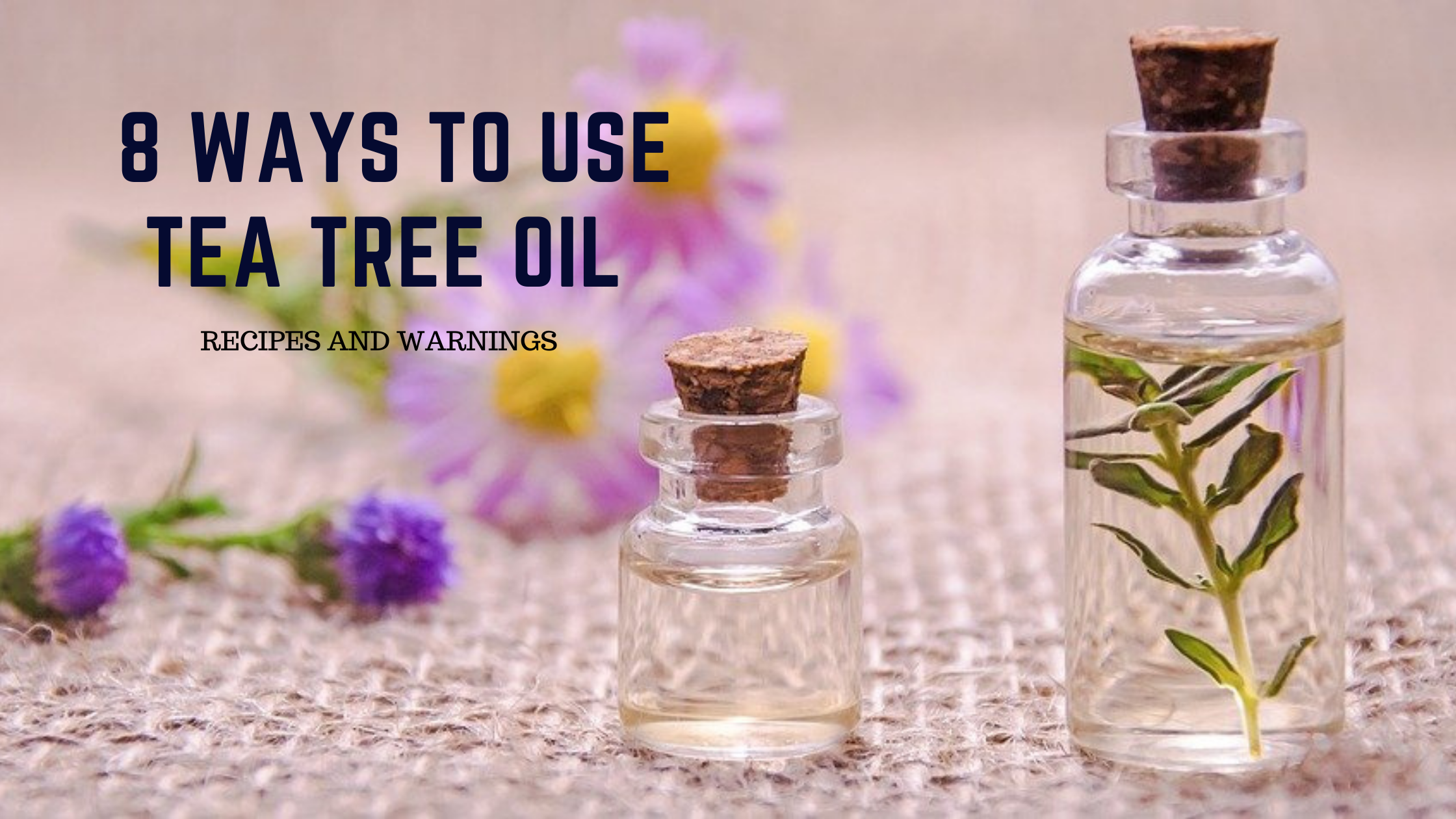Avocado
AVOCADOS BENEFITS
It’s no secret how amazing avocados are on almost everything including burritos, toast, salsas and of course guacamole. But the benefits go much further than the flavor; avocados are filled with antioxidants, magnesium, potassium, vitamins C, E, K and B6, among other nutrients.
They’re known for high levels of healthy fat and since they literally have no cholesterol and low sodium (1 avocado has 11mg), I indulge.
Below are some specific benefits that the avocado brings that may cause you to indulge too.
Anti-Inflammatory & Heart Health
Because avocados have a ton of niacin it helps with inflammation. When eating it, it can fight inflammation in the body and help protect your arteries. That in turn helps your heart stay healthy, lowering your cardiovascular inflammation.
In fact, new research from Harvard University shows eating 2 servings of avocados per week may boost your heart health and lower your risk of cardiovascular disease.
Skin Health
The beta carotene protein and other nutrients found in avocado oil are great for your skin.
Rub the oil on your skin for eczema and to help treat psoriasis. It’s great for moisturizing your skin so it’s also beneficial for conditions like dermatitis since it helps with the itchiness associated with these inflammations.
Also try it on sunburns for faster healing!
Try this: Take the inside of an avocado peel and massage it on your face. Leave the oil on your face for about 15 minutes, rinse it off and let me know how great your skin feels.
Healthy Brain Function
Vitamin E is another main nutrient in avocados, and lots of research shows how beneficial vitamin E is for slowing down conditions like Alzheimer’s disease. It’s supposed to keep your brain from declining in thinking and memory skills. In fact, according to the Alzheimer’s Research and Prevention Foundation, when taken with Vitamin C, it’s been shown to reduce your risk of Alzheimer’s disease by 20%.
Fun Fact: Half of an avocado contains about 2 mg of vitamin E. The recommended daily allowance is 15 mg per day.
Strong Bones
Vitamin K is the essential nutrient in strengthening our bones, which yes, is found in avocados. Vitamin K is also an important nutrient for blood clotting.
Digestion
Because avocados are high in fiber and insoluble fiber it helps move everything out of your body keeping you from getting constipated.
Vision
Eye doctors rave about the nutrients in avocados because they can save your eyes from damage that leads to poor vision. Specifically, the high amounts of lutein found in avocados protects your eyes from cataracts, macular degeneration and other age-related eye issues.
Fun Fact: Avocados have more lutein than your average lutein supplement.
We have an entire page of natural remedies. If you have any avocado recipes or any natural remedies you use, I’d love to try them, so please share — it takes a community!


